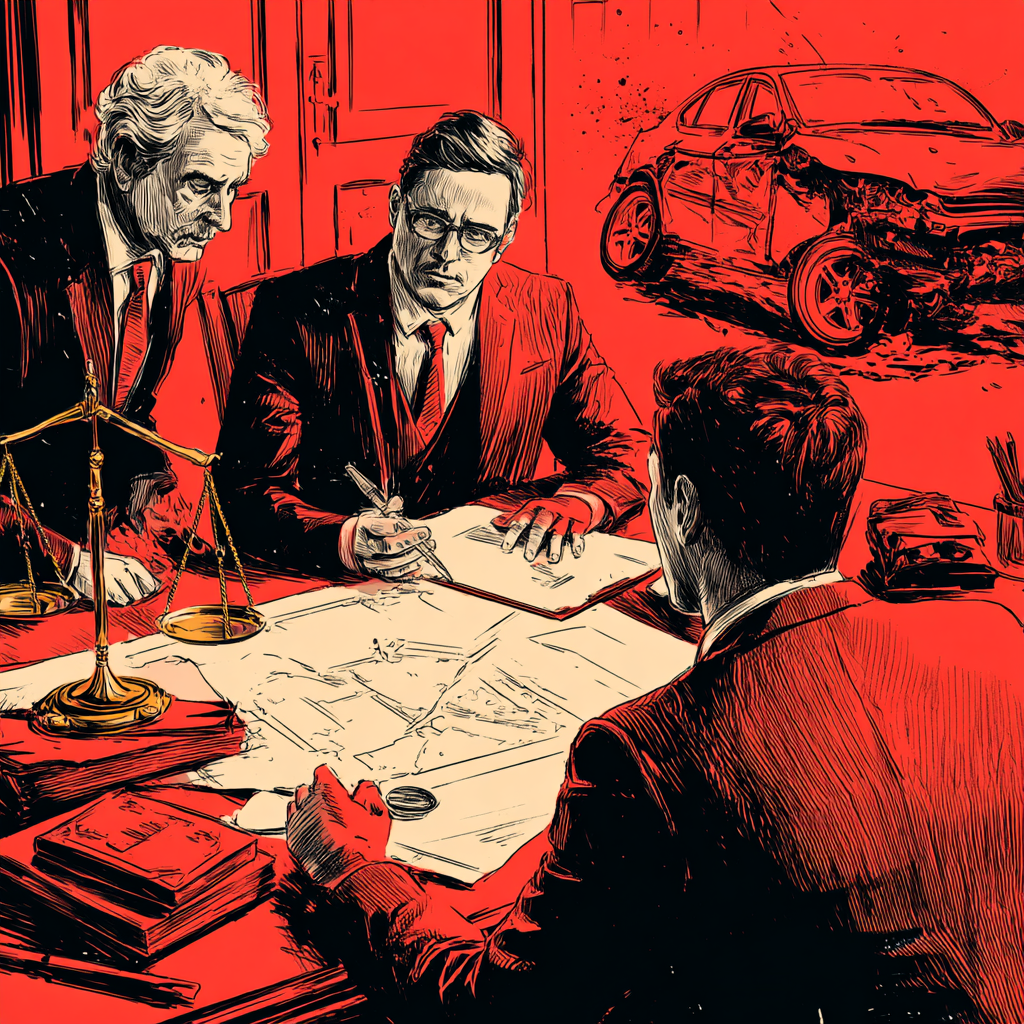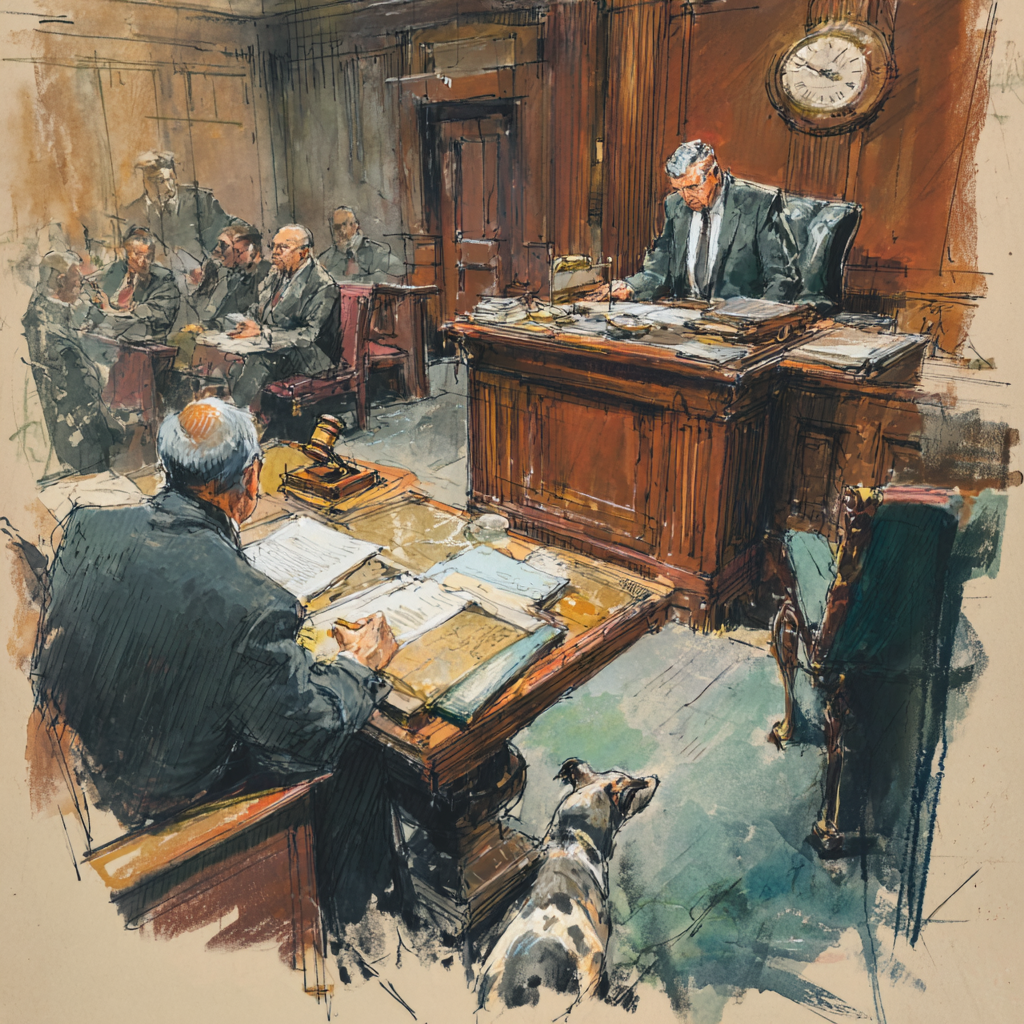
In New York, partial fault doesn’t automatically prevent you from seeking compensation after a car accident. The state follows comparative negligence laws that recognize most real-world accidents involve shared responsibility – allowing drivers to pursue compensation even when partially responsible, though recovery amounts decrease according to fault percentage. For instance, being 20% at fault reduces compensation to 80% of total damages. The Law Office of Jason Tenenbaum, P.C. regularly handles cases where clients initially thought partial fault eliminated their legal options. This misunderstanding can have serious financial consequences.
How New York’s Comparative Negligence Works
New York uses a pure comparative negligence system – more favorable to accident victims than many states. Unlike places where any fault blocks recovery, New York allows damage collection even with significant fault.
Here’s how it functions: compensation decreases by your fault percentage but never vanishes completely. If you’re 20% responsible for an accident causing $100,000 in damages, you receive $80,000. Even at 80% fault, you recover the remaining 20%. This direct link between degree of fault and compensation is well-established in New York law, where evidence showing minimal fault involvement maximizes settlement potential.
This differs from modified comparative negligence states that use the 50% rule. Those jurisdictions completely block recovery at 50% fault or higher. New York’s approach provides more flexibility.
Common Partial Fault Scenarios
Multi-vehicle accidents create complicated fault situations. Chain reaction crashes on highways like the FDR Drive or Long Island Expressway often involve multiple factors – tailgating, unsafe lane changes, or phone distractions.
Intersection accidents frequently show shared responsibility. Perhaps another driver ran a red light while you accelerated through yellow. Both actions contributed to the collision.
Rear-end collisions aren’t always clear-cut. While the following driver usually bears primary responsibility, the lead vehicle might share fault for brake-checking, broken lights, or sudden un-signaled maneuvers.
Pedestrian accidents can involve partial fault too. A jaywalker might still recover compensation if the driver was speeding or distracted.
Determining Fault
Fault determination requires thorough analysis of circumstances and each party’s actions. Police reports offer initial assessments but aren’t final. Insurance companies conduct separate investigations examining skid marks, traffic camera footage, and vehicle damage. Their conclusions sometimes differ from the officer’s report.
Accurate documentation proves critical for establishing strong claims – including photos of damage, witness statements, and detailed medical records. This evidence becomes indispensable when determining each party’s responsibility level.
Expert witnesses and accident reconstruction specialists become crucial in complicated cases. They analyze vehicle damage patterns, calculate speeds from impact severity, and map accident sequences.
Weather conditions, road maintenance problems, and vehicle mechanical issues all affect fault decisions. Was the intersection known for poor visibility? Had you recently serviced your brakes? These details matter.
Witness statements remain important despite imperfect human memory. Photographic evidence proves critical – capturing damage patterns, skid marks, traffic signal positions, and road conditions.
How Partial Fault Affects Compensation
The calculation seems straightforward but has major implications. Total damages include medical expenses, lost wages, property damage, and pain and suffering. Each category decreases by your fault percentage.
Consider $50,000 in medical bills, $20,000 lost wages, and $30,000 pain and suffering – totaling $100,000. At 30% fault, you recover $70,000 rather than the full amount.
Insurance coverage limits add complications. Multiple at-fault parties create recovery opportunities from several policies. Sometimes this increases total recovery compared to single-fault accidents with limited coverage.
Protecting Your Rights With Partial Fault
Never admit fault at the accident scene. Adrenaline clouds judgment and obscures the full picture. Stick to factual observations when speaking with police, other drivers, or witnesses. Avoid statements that could be interpreted as accepting blame.
Insurance companies work to maximize your fault percentage to reduce payouts. They’re skilled negotiators – don’t face them without preparation. Even casual comments might suggest greater responsibility.
Documentation forms your strongest defense. Photograph everything: vehicle damage, road conditions, traffic signals, skid marks, debris patterns. Collect witness contact information and statements. Get medical attention immediately regardless of how you feel – adrenaline often hides injuries – and maintain detailed health records.
Many people overlook this: experienced legal representation typically lowers assigned fault percentages by gathering comprehensive evidence to build compelling arguments for minimal fault. Attorneys know what evidence to gather, which experts to hire, and how to present your case effectively.
The Value of Legal Help
Insurance adjusters aren’t your allies, no matter how sympathetic they sound. They’re negotiators focused on minimizing company losses. Early settlements might seem reasonable but often undervalue claims.
A knowledgeable attorney understands New York’s comparative negligence details. They challenge fault assessments, build strong evidence, and negotiate firmly with insurers.
New York’s three-year personal injury statute of limitations seems long, but building a solid case requires months of investigation. Note that wrongful death cases require filing within two years. Don’t delay taking action.
Next Steps After a Partial Fault Accident
Partial fault doesn’t eliminate your right to fair compensation. New York’s comparative negligence system recognizes accidents rarely have single causes or completely blameless parties.
Understanding your rights and protecting them immediately matters most. Document everything thoroughly, avoid fault admissions, and get experienced legal guidance quickly to strengthen your claim and maximize potential payout.
The Law Office of Jason Tenenbaum, P.C. has successfully represented clients in partial fault cases throughout New York. The firm’s comparative negligence experience helps reduce fault percentages and maximize recoveries.
Don’t let partial fault concerns prevent you from pursuing deserved compensation. Contact the firm today for a consultation to discuss your situation and learn how they can protect your rights.









